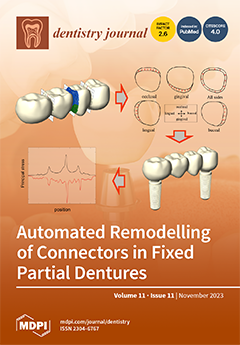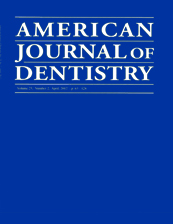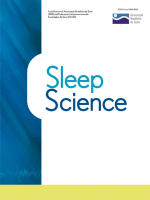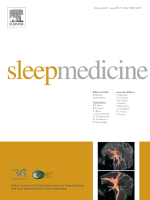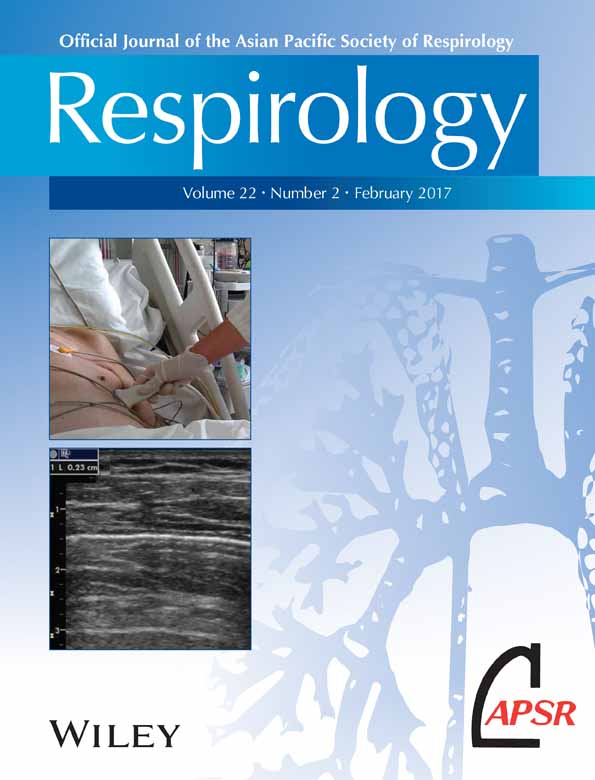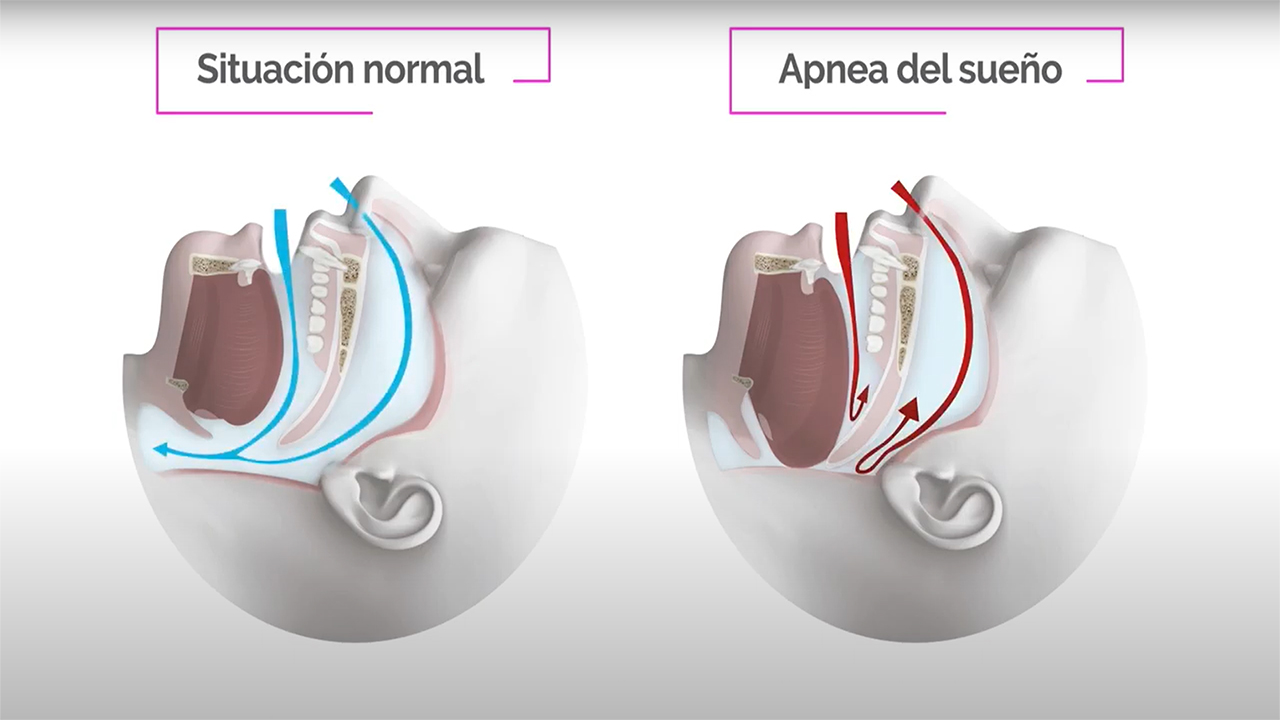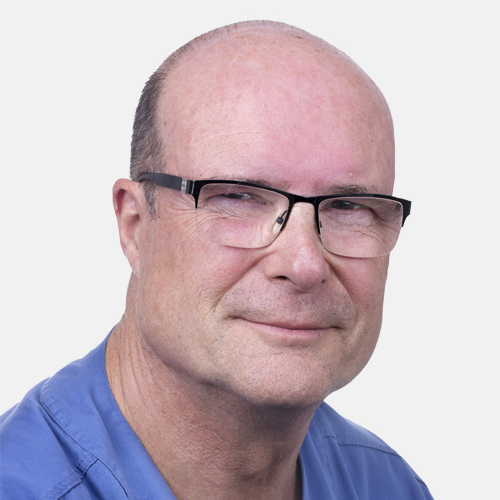
Joaquín Durán-Cantolla
Doctor en Medicina. Especialista en Neumología.
Especialista en respiratorio. Investigador. Director de la Unidad Interdisciplinar de Trastornos del Sueño de la Fundación Eduardo Anitua.
Cursos que imparte
Artículos publicados
A Multicenter Prospective Study on the Use of a Mandibular Advancement Device in the Treatment of Obstructive Sleep Apnea
Dent J (Basel). 2023 Oct 24;11(11):247. The main objective of this prospective study was the evaluation of 1 mm step titration of mandible advancement in the success of treating obstructive sleep apnea (OSA). For that, a multicenter prospective study was designed to recruit patients with OSA who were eligible to receive a mandibular advancement device.
Association between obstructive sleep apnea and enamel cracks
Am J Dent. 2020 Feb;33(1):29-32. To assess the association between obstructive sleep apnea (OSA) and enamel cracks.
Predicting the night-to-night variability in the severity of obstructive sleep apnea: the case of the standard error of measurement
Sleep Sci. 2019 Apr-Jun;12(2):72-78. Night-to-night variability in the apnea-hypopnea index (AHI) may affect the accuracy of the diagnosis of obstructive sleep apnea (OSA) and treatment selection. This study was conducted to assess the utility of the standard error of measurement (SEM) in predicting the night-to-night variability in the OSA.
Minimizing the mandibular advancement in an oral appliance for the treatment of obstructive sleep apnea
Sleep Med. 2017 Jun:34:226-231. In the treatment of obstructive sleep apnea (OSA) with an oral appliance (OA), there is no gold standard method to fine-tune the mandibular advancement. This study aimed to analyze the effect of gradual increment of mandibular advancement on the evolution of the apnea-hypopnea index (AHI).
- Autor:
- Eduardo Anitua
- Joaquín Durán-Cantolla
- Mohammad H. Alkhraisat
- Gabriela Zubimendi
- Odei Vegas Diaz de Guereñu
- Luis Saracho Rotaeche
- Joaquín Durán Carro
- Carlos Egea Santaolalla
- Spanish Sleep Network
Validation of a new domiciliary diagnosis device for automatic diagnosis of patients with clinical suspicion of OSA
Respirology. 2017 Feb;22(2):378-385. Obstructive sleep apnoea is a prevalent and considerably underdiagnosed disease. The development of cost-effective, home-based, automatic diagnostic devices to improve the diagnosis accessibility is therefore essential.
Vídeos disponibles en BTI Channel
Además de esta pequeña muestra en BTI Channel podrás ampliar tus conocimientos en implantología oral, medicina regenerativa y apnea del sueño.

 English
English
 Français
Français
 Deutsch
Deutsch
 Italiano
Italiano
 Português
Português




![Roncopatía y apnea obstructiva del sueño [septiembre 2025] Roncopatía y apnea obstructiva del sueño [septiembre 2025]](https://www.btitrainingcenter.com/wp-content/uploads/2023/11/TC_APNEA_1000-500x300.jpg)
